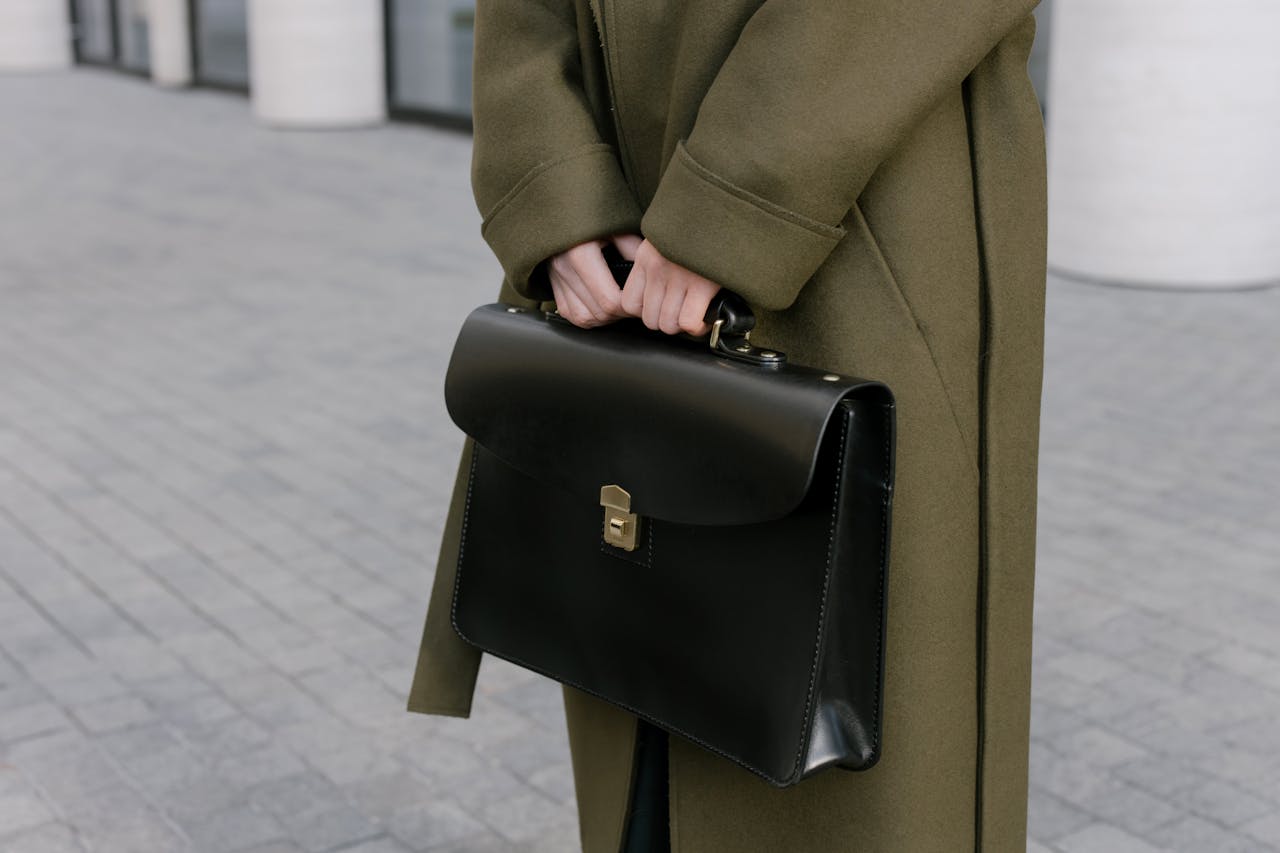When the Room Goes Quiet
There’s a moment at every wedding—after the laughter of clinking glasses and before the music resumes—when someone stands, glass in hand, heart in mouth. All eyes turn. The room softens. Whether it’s the best friend, the sibling, the parent, or even the bride or groom themselves, the wedding toast becomes more than tradition. It becomes the emotional hinge of the entire celebration.
In that quiet, a single truth becomes clear: people won’t remember the appetizers or the color of the flowers. But they will remember the words spoken from the heart.
More Than Words: What a Toast Holds
A wedding toast isn’t just a speech. It’s a ritual of belonging. A moment where one voice tries to capture what love looks like in motion—through stories, memories, and the shared emotional language of those gathered.
At its best, a wedding toast doesn’t merely congratulate—it connects. It reminds the couple who they are, how far they’ve come, and the invisible threads that have always held them together.
Psychologically, this moment functions as a marker of transition. From individual identities into shared life. From one version of family into another. A well-crafted toast can act almost like a rite of passage—not only for the couple, but for those bearing witness to their union.
The Shapes This Moment Can Take
Wedding toasts are as varied as the people giving them. Some are tender and tearful. Others hilarious and sharp. But the ones that leave a mark tend to share certain emotional truths:
They tell stories instead of giving advice. Rather than saying, “Marriage takes work,” they recall the time the couple built IKEA furniture at 2 a.m. without a single fight.
They honor, rather than perform. The best toasts aren’t meant to go viral—they’re meant to land softly in the hearts of those listening.
They name what’s rarely named. Like the quiet resilience of the bride after losing a parent. Or the way the groom lights up when no one’s watching.
Emotionally grounded toasts tap into collective memory and shared vulnerability. They make space for joy and depth.
Here are a few signs of a powerful wedding toast:
-
It holds a sense of emotional timing—when to pause, when to let silence speak.
-
It doesn’t try to be everything, but instead captures one or two essential truths.
-
It feels more like a letter than a performance.
How to Write (or Feel Ready for) a Wedding Toast
Whether you’ve been asked to give a wedding toast—or you’re the one receiving it—here are a few human, psychologically sound ways to approach it:
1. Start with the emotional center, not the jokes
Ask yourself: What do I actually feel when I think about this person getting married? Start there. Humor can weave in later, but meaning should come first. If you’re nervous, focus not on saying something “perfect,” but something true.
2. Use storytelling as your spine
Our brains are wired for story. Instead of listing qualities (“She’s so loyal, she’s so kind…”), try this:
“I knew he was someone special when he drove three hours just to bring her soup—and didn’t mention it for weeks. That’s the kind of love we’re here to celebrate.”
Let the story do the emotional lifting.
3. Include both the couple and the crowd
The best toasts create connection in two directions: they speak to the couple, but also include the people who love them.
You might say:
“We’ve all seen the way she steadies him. How he looks at her like she’s the answer to a question he didn’t know he was asking.” That subtle “we” pulls everyone in.
4. Name the stakes, gently
Marriage is beautiful, but not always easy. Without becoming somber, a good toast can acknowledge this truth:
“Love isn’t about always agreeing—it’s about agreeing to return, again and again, to each other.”
This adds emotional depth without casting a shadow.
5. Close with a wish, not a mic drop
Avoid ending with a punchline. Instead, offer a blessing, a hope, or a quiet affirmation. Something like:
“May you never forget the way today feels. May you continue to choose each other—on the good days, and the days that ask more of you than you thought you had.”
That’s the kind of line people carry with them.
When You’re the One Listening
Maybe you’re not giving the toast—but watching one unfold.
Let yourself receive it. Wedding toasts, when done well, create a shared emotional field. A place where grief, love, history, and hope quietly touch hands.
And if the toast is clumsy or imperfect? That’s okay too. Sometimes the rawest expressions—the trembling voice, the forgotten lines—are the most moving. Because they’re real. And weddings, after all, are about real people, not polished performances.
A Moment That Lingers
Long after the dance floor empties and the cake is boxed up, the words spoken in a wedding toast have a way of lingering. They echo in anniversaries and arguments, in hospital rooms and newborn nurseries. They remind us why we choose each other—again and again.
So if you’re writing a wedding toast, speak from that place. The one that knows this isn’t just a party—it’s a vow, wrapped in a moment, shared out loud.
And if you’re listening, hold those words close. They might just grow with you.
---






Leave a comment
This site is protected by hCaptcha and the hCaptcha Privacy Policy and Terms of Service apply.